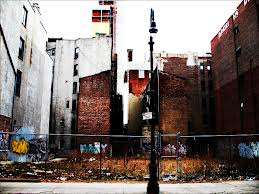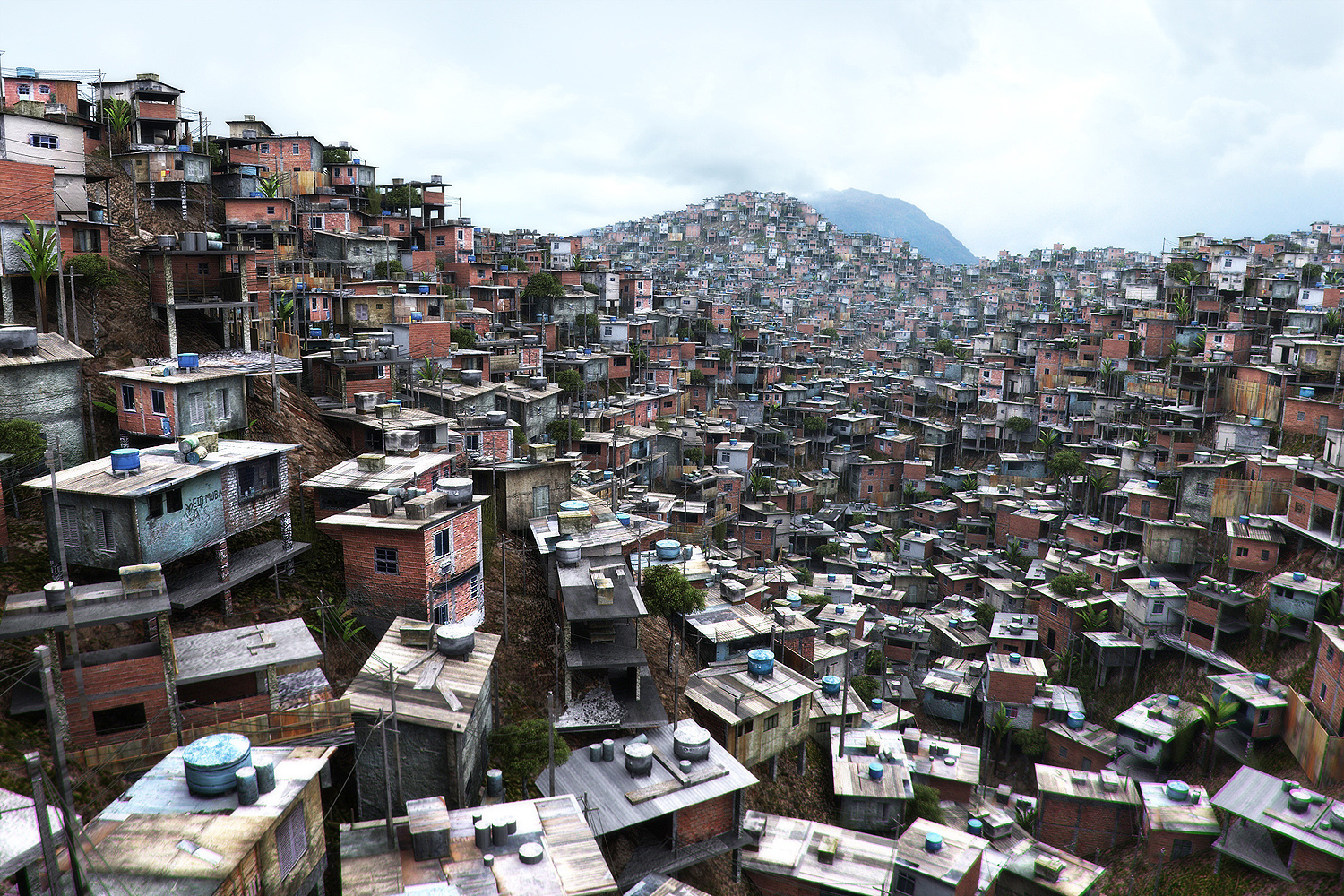What I find most compelling about the framework set up by emergence is that their implications can cross over into the social/political. After all, are not legal systems and social systems capable of creating new inputs that generate measurable change in the world of architecture? Emergence should not only be understood in terms of technology’s ability to generate inventive and environmentally responsive forms. Architecture can also be informed by changing social understandings. For example, the nuclear family and racist legal structures facilitated the rise of suburbia in the United States and the notion of the “American Dream.” In this case, social inputs generated specific formal outputs such as the division of land along (generally patriarchal) family lines, etc. As a result, suburban spatial configurations and developments look similar across the entire United States, without too much differentiation based on geography.
The exciting potential lies in architectural speculation based on social change. A queer architecture that rejects the heterosexual nuclear family as a given would most likely generate a wholly different spatial experience that is itself queer. Of course, to have a “queer emergence” would require massive social upheavals that are more involved than changing a parameter on a computer screen or observing the social organization of ant colonies. Such historic changes are possible when one considers the civil rights movement of the 60s, the Arab Spring or the Occupy movement. Nevertheless, if emergence can be applied to the complexities of urban life, it can also comment on social transformations. Rather than viewing form as the primary subject of emergence in architecture, maybe social conditions can inform program or overall spatial layout.
Studying emergence in relation to architecture and urbanism also has the potential to blur boundaries between understandings of class and other social divisions. While whitewashing the demographics of a city would have disastrous political consequences, viewing urbanism in its entirety along the lines of emergence could demonstrate how seemingly separate social systems manage to intersect or interact.
A class analysis of emergence could draw from the contradictions outlined in Engels’ The Condition of the Working Class in England, specifically his descriptions of “mixed-used” industrial/agricultural quarters in working class neighborhoods. Here, Engels outlines the interaction between high-density housing which included courtyards for pigs where the residents were forced to dispose of waste. Emergent issues of oscillation could be applied to changes in environmental qualities for residents. Engels inadvertently observed what can be understood as oscillation when he states, “The couple of hundred houses, which belong to old Manchester, have been long since abandoned by their original inhabitants; the industrial epoch alone has crammed into them the swarms of workers whom they now shelter,” (Engels 80). With the impending climate crisis and massive inequalities in wealth distribution, we may be able to recognize emergent patterns in human migration, especially on an urban level. This could suggest that informality will become not only widespread but the urban cultural norm.
Engels, Friedrich. The Condition of the Working Class in England. N.p.: n.p., n.d. Web. 11 Feb. 2013. <http://www.marxists.org/archive/marx/works/download/pdf/condition-working-class-england.pdf>.


